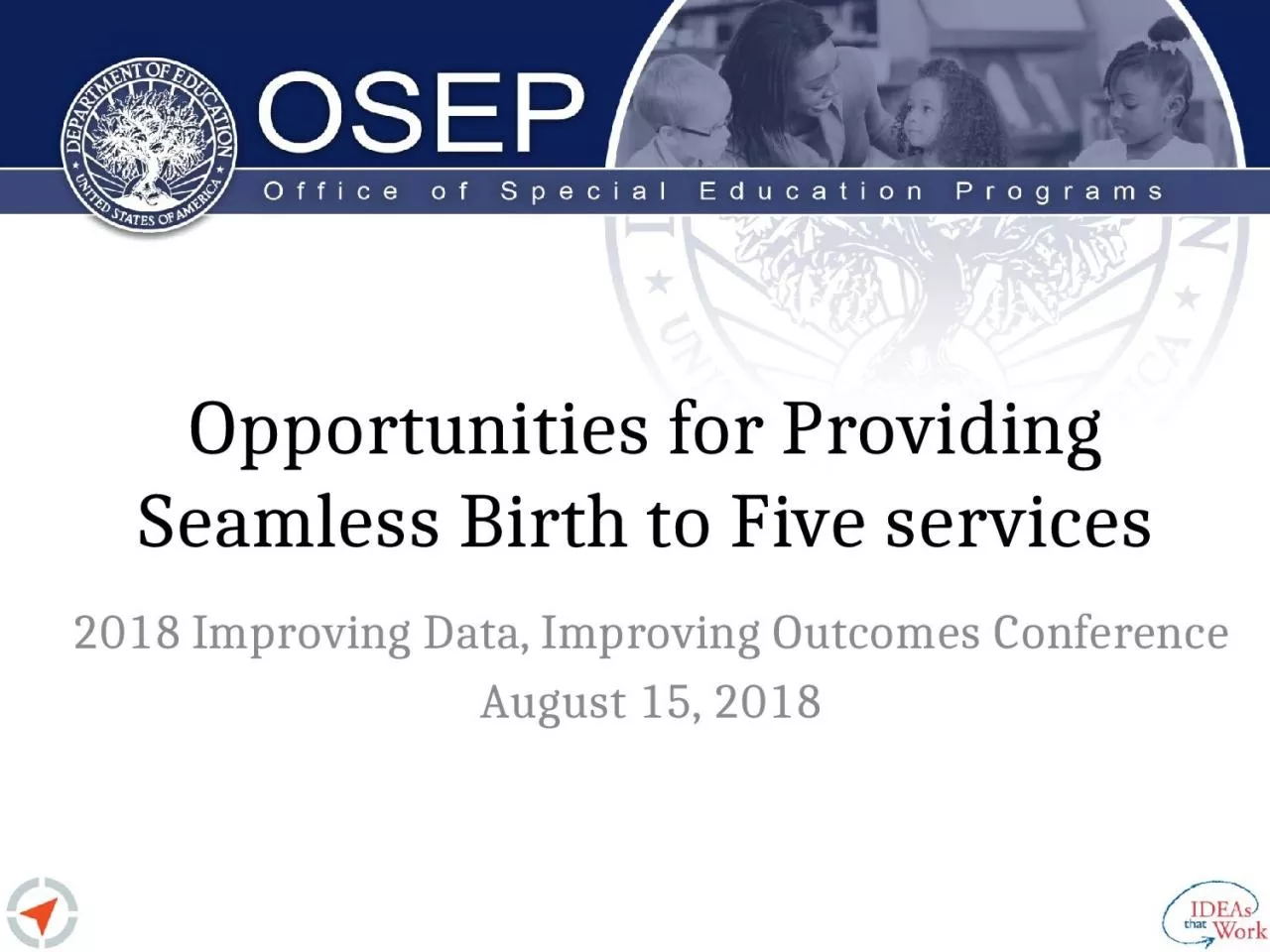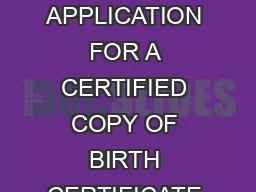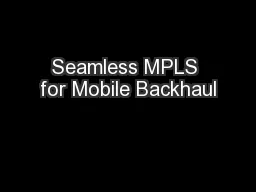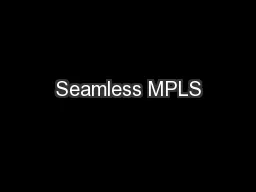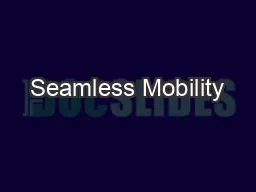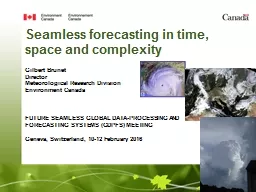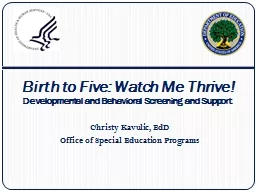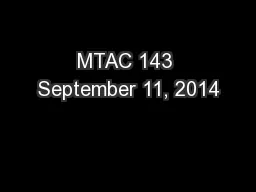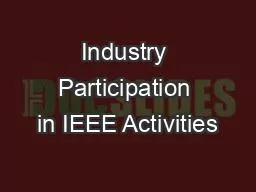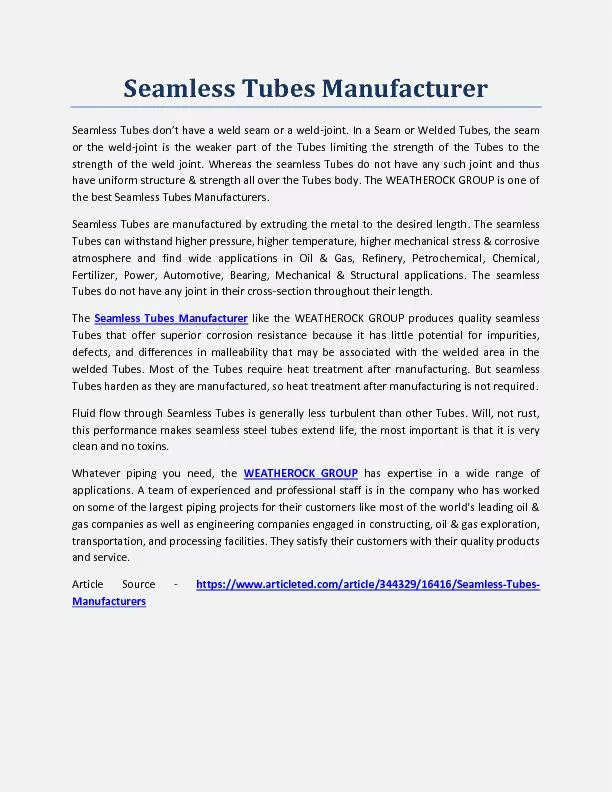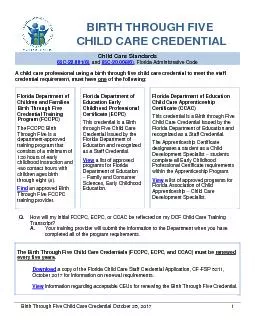PPT-Opportunities for Providing Seamless Birth to Five services
Author : linda | Published Date : 2024-01-13
2018 Improving Data Improving Outcomes Conference August 15 2018 Kathleen Heck OSEP Kathy Whaley ECTA Center Marcella Franczkowski Maryland State Department of
Presentation Embed Code
Download Presentation
Download Presentation The PPT/PDF document "Opportunities for Providing Seamless Bir..." is the property of its rightful owner. Permission is granted to download and print the materials on this website for personal, non-commercial use only, and to display it on your personal computer provided you do not modify the materials and that you retain all copyright notices contained in the materials. By downloading content from our website, you accept the terms of this agreement.
Opportunities for Providing Seamless Birth to Five services: Transcript
Download Rules Of Document
"Opportunities for Providing Seamless Birth to Five services"The content belongs to its owner. You may download and print it for personal use, without modification, and keep all copyright notices. By downloading, you agree to these terms.
Related Documents

